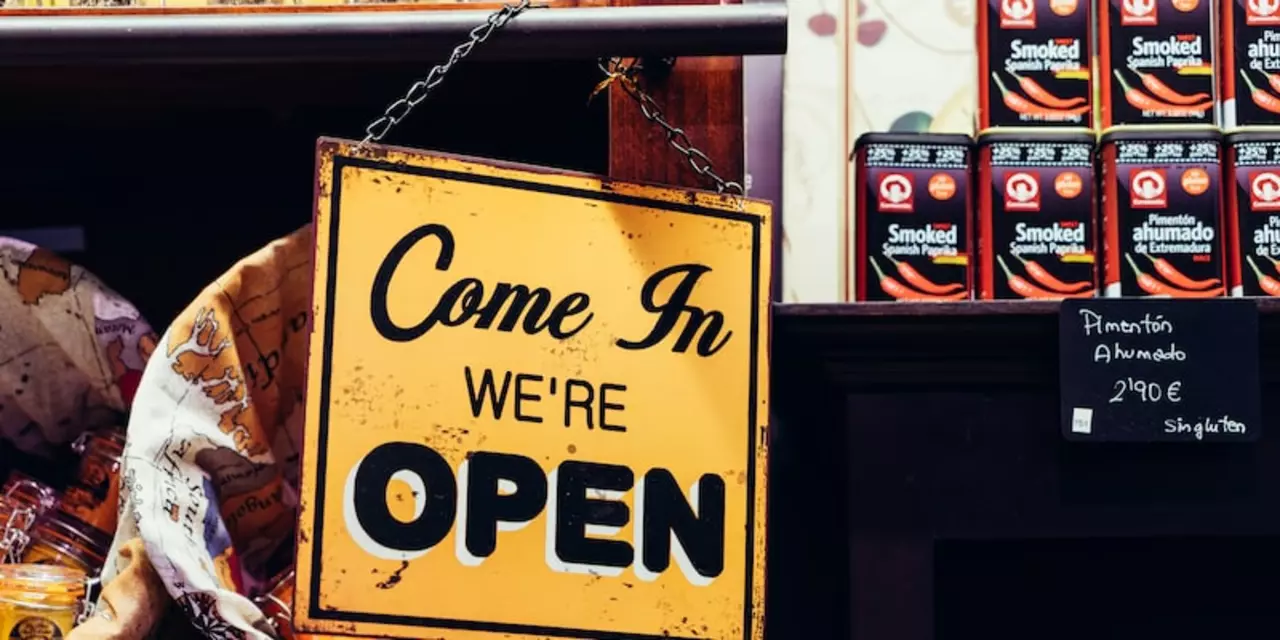Online payment services: what to know before you pay or accept money
Paying online should be quick and safe. But with so many apps, gateways, and fees, it gets confusing fast. This page cuts through the noise and gives clear, usable tips for both buyers and businesses using online payment services.
How online payment services work — the basics
At the core you have a few players: the payer (you), the payee (merchant or seller), a payment processor or gateway, and the bank networks or card schemes. When you tap pay, the gateway checks your card or wallet, asks the bank to approve, and returns an approval or decline. Then money moves from one account to another, usually after a settlement period.
Common types you’ll see:
- Card payments (Visa, Mastercard) through payment gateways.
- Mobile wallets and apps (wallet balance payments, QR codes).
- Bank transfers and UPI-style instant bank payments.
- Buy Now Pay Later (BNPL) and subscription billing for recurring charges.
Each type trades off cost, speed, and risk. Cards are universal but cost more in fees. UPI and bank transfers are cheap and instant in many countries.
Choose smart: tips for users and businesses
For users: check the basics before you pay. Make sure the site uses HTTPS and a trusted checkout. Use two-factor authentication on wallets and banks. Avoid public Wi-Fi or use a VPN. Keep an eye on statements and set instant notifications for card or bank activity.
Also prefer tokenized payments (apps that don’t store your card number directly) and temporary virtual cards for one-off purchases. If a deal looks too good or the checkout asks for strange permissions, pause and verify the seller.
For businesses: pick a gateway that matches your volume and customer habits. Compare transaction fees, monthly costs, settlement times, and chargeback policies. Look for fraud detection tools, recurring billing support if you run subscriptions, and easy integrations with your site or platform (plugins for WordPress, Shopify, etc.).
Test the checkout flow on mobile. Most customers buy from phones, so a clunky mobile payment experience kills conversions. Offer at least two popular payment methods — one card option and one local instant-pay option like UPI or a local wallet.
Final practical moves: keep reconciliation simple by automating reports, set clear refund and dispute processes, and update your security settings regularly. Start with a small live test to catch issues before scaling up. Pick tools that reduce friction for customers while protecting you from fraud — balance is everything.
If you follow these checks, online payment services stop being scary and start working for you.

Web-based business major parts in India, for example?
Web-based businesses in India have become increasingly popular due to the growing number of internet users. These businesses have become an important part of the Indian economy and have contributed significantly to the country’s growth. Major parts of web-based businesses in India include e-commerce, digital marketing, web hosting, software development, web development, and online payment services. These businesses offer a wide range of products and services to consumers, provide businesses with the ability to reach a large number of potential customers, and reduce operational costs.